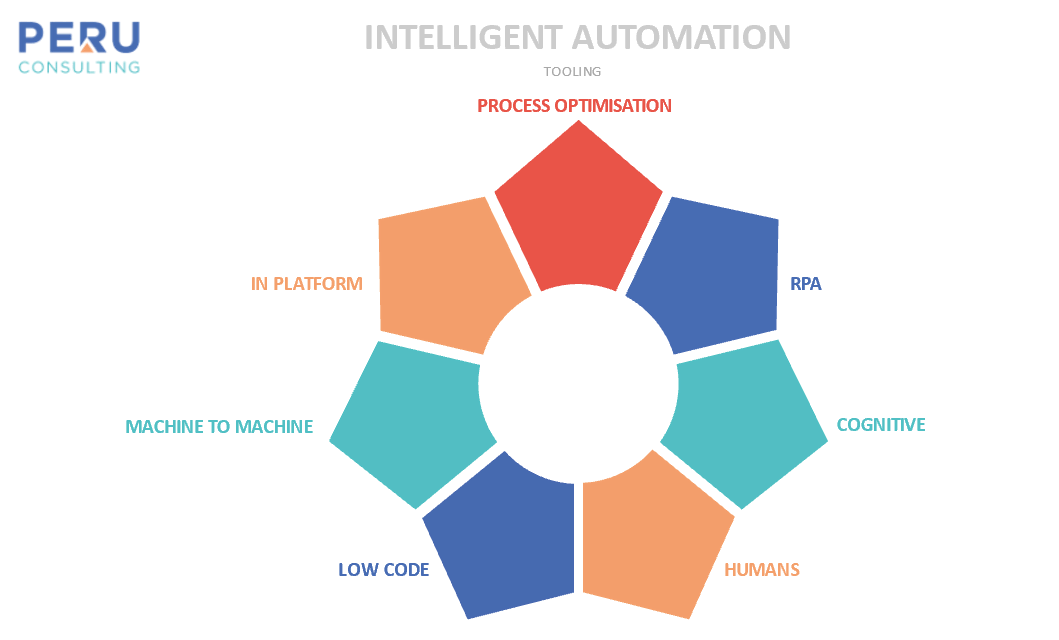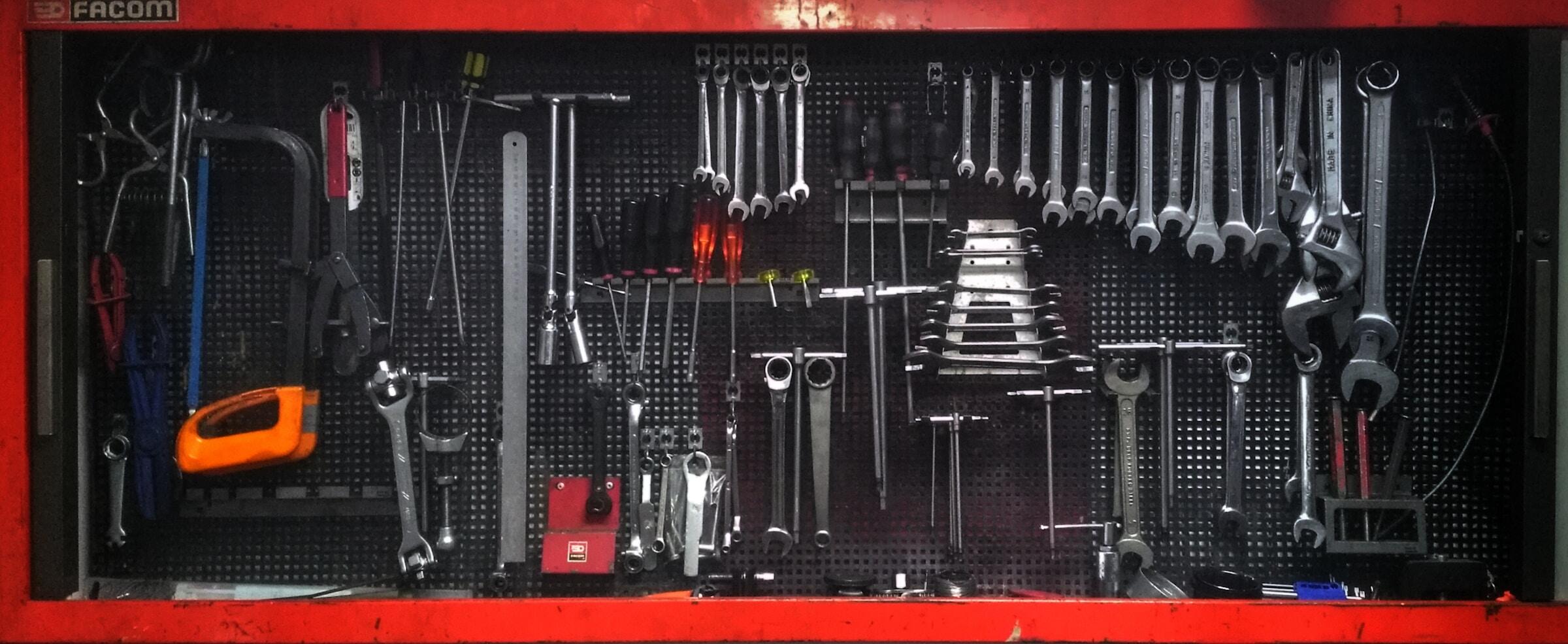Intelligent Automation, ‘hyper automation’, ‘cognitive process automation’, ‘robotics’, or just plain ‘automation’ can all describe the same thing…which at Peru isn’t a single thing. In many places ‘intelligent automation’ has become a way to describe a single technology, typically Robotic Process Automation, however at Peru we think of Intelligent Automation as an approach to problem solving rather than a single technology.
It’s an approach that can use many technologies, some of which may surprise you as they’ve been around for many years now – others are more contemporary, but ultimately the tools that might be utilised together to help you automate intelligently will be specific to your organisation’s objectives, challenges, and existing technology landscape.
However, to give an idea of the kinds of technology an Intelligent Automation strategy might involve, we’ve listed a few of the most common types we see below:
Process Optimisation
A tool that is common to all organisations, we always include optimisation in our approach rather than purely using technology for the sake of technology. Often, we use Process Optimisation to ensure that the target version of a process is leveraging technology to its maximum potential, rather than taking an existing process and reproducing like for like.
In-Platform
Many modern applications are starting to build automation tooling into the core products, so where a process is completed end-to-end in a single application the least risky approach is to look at that application’s capabilities before applying external tooling.
Low Code
Where processes stretch across multiple applications you may find ‘low code’ platforms meet your requirements. Platforms like Microsoft’s Power Automate empower users with pre-built connectors to make creating an interface between applications as easy as a single button click…however, whilst these are convenient, they also carry risks as power users may develop complex business critical processes with little thinking about support or maintenance.
Machine to Machine
Machine to Machine, or APIs, are prebuilt connectors that a system may have in the background that can make connecting and automating processes relatively straightforward with very little investment. These connectors are often very well documented and supported by software vendors making maintenance less of a headache.
Robotic Process Automation
Robotic Process Automation or RPA is the most frequently associated type of automation with this area. RPA is ‘trained’ to reproduce the exact way a person currently interacts with systems on a computer desktop, literally mimicking the same key presses and mouse clicks. This makes it attractive as a tool that can automate lots of different processes.
Cognitive
Cognitive includes other technology you may have heard of like AI, Machine Learning, Computer Vision etc. and is a term to describe automating parts of processes that require the kind of thinking and decision making that traditionally only a person can make. For example, most automation can handle rules-based thinking very easily but if you have a process that you need to identify a customer’s sentiment before deciding what to do next in a process, you might use a cognitive skill like natural language processing to reproduce the subtle clues that, before now, only a person could identify.
Human
In an end-to-end Intelligent Automation strategy, it’s important to remember that where technology can’t do something because it’s too complex is probably the perfect place to deploy people. Moving people from the repetitive transactional work that can be automated easily allows you to use people for complex problem interpretation and understanding.
Tom Knight is a Senior Consultant at Peru Consulting and has worked across the software development lifecycle, culminating in applying his experience to building a global Centre of Excellence for Automation, including RPA and machine learning.



